This whole mechanism is called USB Power Delivery (USB-PD). It's actually a pretty complex standard, even by modern means!
So, you'll need some kind of logic (a chip) that "speaks" that protocol to your laptop charger. After they successfully negotiated that, yes, you'll get a lot of power, you get that on the VUSB line.
However, you MUST NOT use the second USB port on your breakout board in that case – obviously, whatever would be attached to that, would never expect the 20V that come, and has a high chance of frying.
The USB-PD protocol is, on its lower levels, very similar to Ethernet (whyever) but on different voltage levels with different speeds, and thus pretty complicated to do with a microcontroller. That's why you'd typically buy a dedicated USB-PD controller IC that integrates all the logic into one.
So, all in all:
What shall I do to get DC20V between A1 and A4 (and of course between B12 and B9)?
You buy a chip (for example, ST builds such chips) that does the USB-PD for you. Then, you also buy the evaluation board for that chip, because it's non-trivial to get started with the chip if you need to add all the external circuitry it needs.
At that point, your breakout board becomes superfluous.

